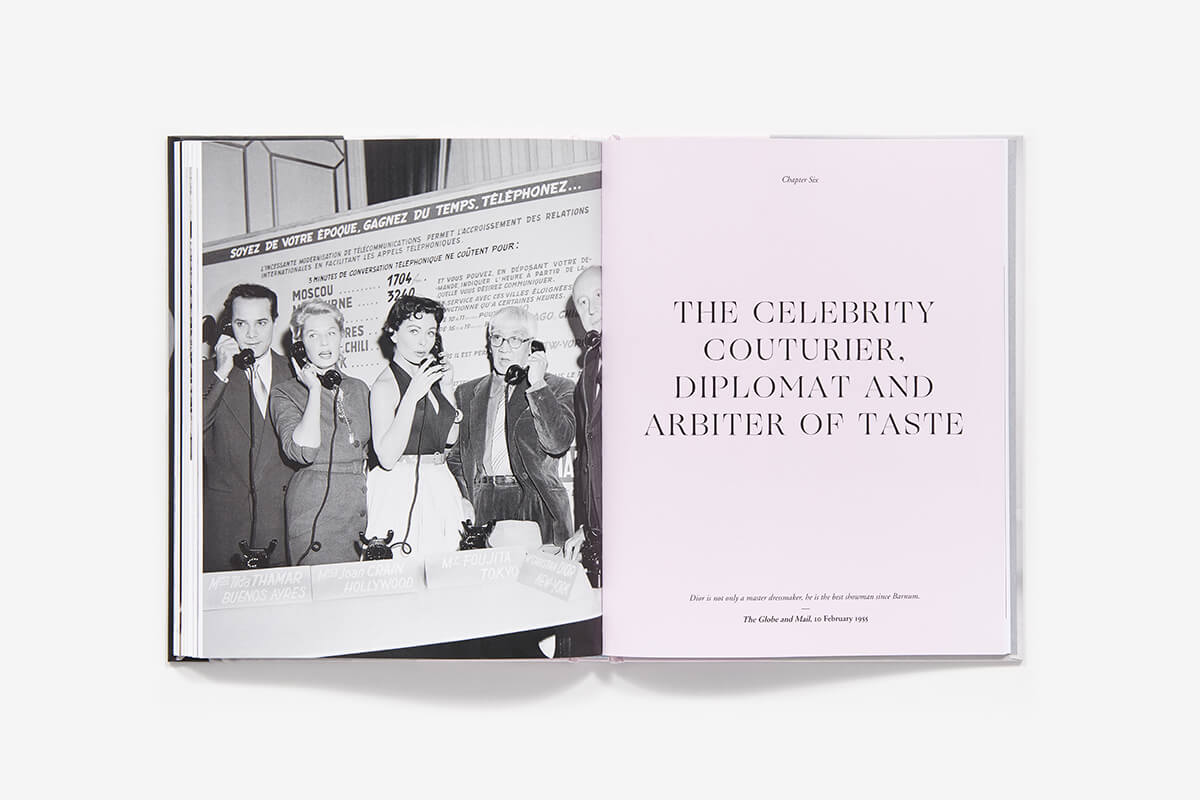- Christian Dior Mission Statement Form
- Christian Dior Mission Statement 2016
- Christian Dior Mission Statement Sample
- About Dior


Let’s start out by introducing a key player – and no, it’s not Christian Dior.
Meet French businessman Bernard Arnault. His corporation is Groupe Arnault SAS (SAS being the French LLC by shares), and Chairman of Christian Dior. He owns the majority share of Dior.
Christian Dior Mission Statement Form
Annual General Meeting 2020 in closed session Annual General Meeting 2020 in closed session. Modalities and documents. ACCES THE WEBCAST. 10 Facts about Christian Dior you need to know about ‘A woman’s perfume tells more about her than her handwriting.’ – Christian Dior. Unlike many of his fashion contemporise, Christian Dior was born into a wealthy French family. Dior was born in Granville, a coastal town in Normandy, France in 1905.
He’s also the CEO and Chairman of LVHM, the largest luxury conglomerate in the world; Dior is the family holding company of LVHM, meaning Dior owns the majority share of LVHM.
So basically, Arnault has a lot going for him. But he certainly earned it – in the 80’s and 90’s, as Dior was emerging as a leading luxury conglomerate, it was Arnault that guided the holding company towards decentralizing the brands rather than using corporate or endorsement branding. LVHM is the holding company of about sixty brands, a diverse and historically stable portfolio that allows for the acquisition and development of new brands with healthy separation from the established ones.
Dior, however, relies heavily on the corporate branding architecture. In addition to Women’s fashion, Dior has divisions of Christian Dior Parfums, Christian Dior Cosmetics, and Dior Homme. Each and every product, message, or brand representation of any kind that comes out of the House of Dior is finely tuned to a single phrase: innovative luxury.
Dior began with Women’s fashion, later expanding into Dior Homme and Dior Cosmetics.
By definition, “innovative luxury” is contradictory; in Portrait de Margareth Henreiquez,the president and CEO of KRUG Margareth Henreiquez discusses the importance of history to a luxury brand. “Luxury is about the founder, it’s about the roots.” Dior was launched by French designer Christian Dior in 1946 with the campaign “New Look,” and by 1949 had expanded the company and campaign internationally. Dior, from its very first campaign, established itself with one foot forward, allowing it to appropriate the values of high-fashion and thus distinguish itself from traditional luxury brands, while still having the foundation of luxury to serve as a status symbol rather than a trend (I’m looking at you, Coach).
Christian Dior Mission Statement 2016

From left to right: Dior 1950, Dior 2007, Dior 2016
Christian Dior Mission Statement Sample
The Dior Sandwich – strategically placed between traditional, more masculine luxury brands like TagHeuer, but slightly more grounded than high-fashion brands like Versace.
About Dior
This seemingly slight distinction, hardly more than a prefix, is crucial in its brand positioning because it’s what separates Dior from the 60+ brands held by LVHM. There’s a lot of competition for Dior’s target audience – wealthy men and women, usually with high status both socially and professionally – and many of them share the Dior values of elegance, simplicity, and quality. They share roots in France and the history that a luxury brand relies on, as well. But Dior’s experience is more modern, a status symbol that indicates the wearer is more youthful, a step ahead of the game, without conveying the slightly cheapened values of high-fashion. Like Henreiquez suggested, the values and experience that launched the brand have given it the traction to hold its spot in the luxury market today. Even the corporate structure of Dior alludes that the experience is a distinct step up from it’s subsidiaries.